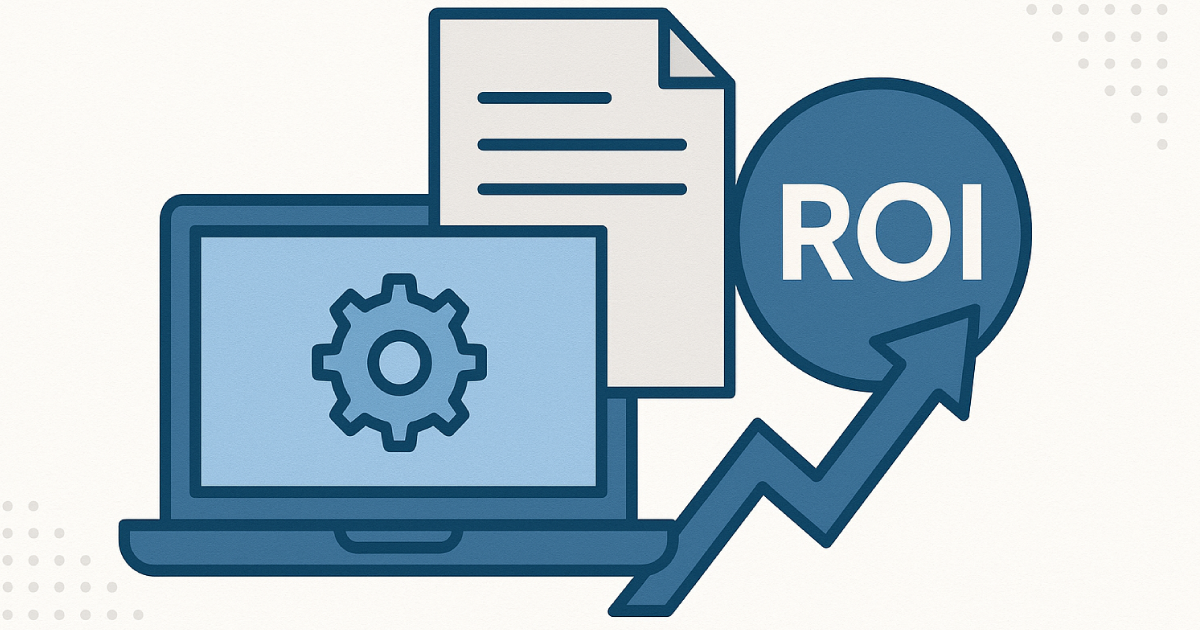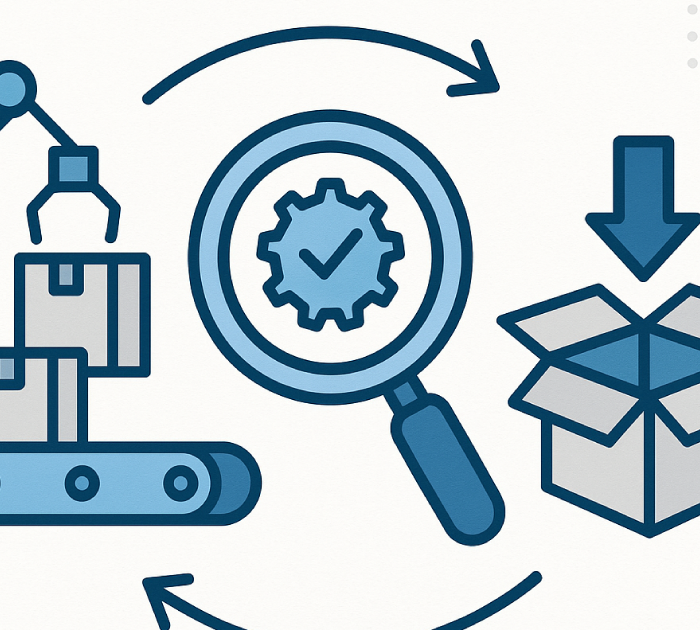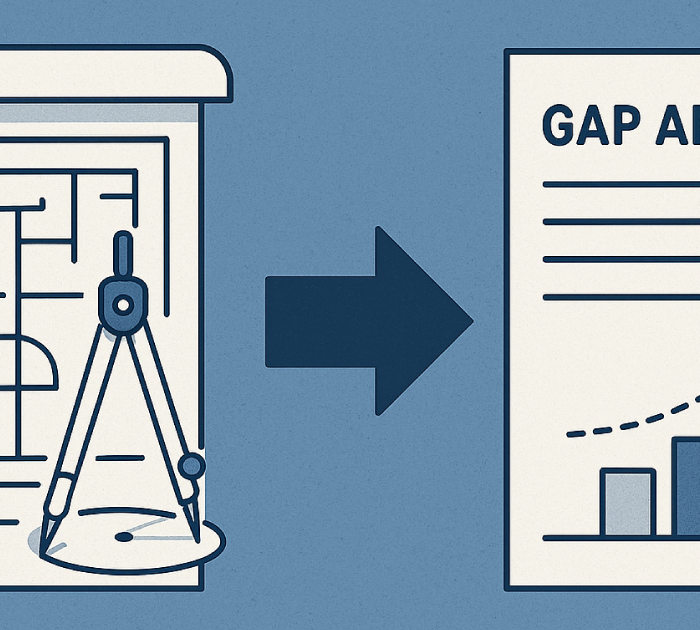Buying software is the easy part. The invoice shows license fees, maybe a discount, and a line for implementation services. However, the real ROI of a manufacturing software implementation—ERP, MES, WMS, PIM, or all of the above—lives in the daily moments your teams stop firefighting and start flowing. When you measure those moments, the payback gets real, fast.
Where ROI actually hides (spoiler: not in the license)
Yes, subscriptions matter. Yet value shows up in four bigger buckets:
1) Cycle-time compression
Shorter time-to-quote, time-to-schedule, and time-to-ship put revenue in the quarter you’re standing in—not the next one. When engineering releases hit ERP cleanly and PIM pushes channels in minutes, launches land earlier and cash arrives sooner.
2) Error avoidance
Returns, chargebacks, scrapped lots, and listing rejections quietly tax your margins. Closed-loop quality and governed product data (hello, Perfion) reduce those leaks. Even a 0.5% drop in returns on $50M is meaningful.
3) Labor redeployment
No, this isn’t about cutting heads. It’s about moving people from rekeying and spreadsheet gymnastics to value tasks: continuous improvement, customer follow-ups, and proactive maintenance.
4) Working-capital wins
Better visibility improves inventory turns and reduces expedites. When WMS nails traceability and ATP/CTP is trustworthy, planners stop padding “just in case,” which frees cash.
Costs you should count (so ROI doesn’t surprise you)
Beyond licenses and implementation services, include:
Data cleansing and migration—the #1 timeline driver.
Change management—training, floor champions, and job aids.
Integration hardening—error handling, monitoring, and SLAs.
Hypercare—30/60/90-day support after go-live.
Process redesign—because “the way we’ve always done it” rarely scales.
When you budget these deliberately, projects stop “going over”—they simply execute the plan.
A simple ROI model manufacturers can trust
Keep it pragmatic:
Baseline the metrics that move money: FPY/FTQ, PPM, on-time-in-full (OTIF), returns rate, inventory turns, expedite spend, time-to-publish new SKUs, time-to-ship.
Forecast deltas by improvement area (conservative, expected, best case).
Map deltas to dollars (e.g., 1% fewer returns × annual sales; one fewer day in cash cycle × average daily sales; 30% faster launches × average first-90-day revenue).
Include one-off costs (migration, training, integrations) and ongoing run-rate (subscriptions, support).
Calculate payback and year-one ROI; track monthly to keep the story honest.
Because you’re tying improvements to line items leadership already watches, the ROI sells itself.
Proof points you’ll feel on the floor
Planning looks believable. With cleaner masters and real-time signals from MES/WMS, the schedule actually sticks.
Launches stop slipping. PIM templates push channel-ready content, and engineering-to-ERP handoffs don’t stall in email.
Fewer “mystery” defects. NCs are captured at the operation step; returns feed the same database; root causes close faster.
Audits get quieter. Traceability, controlled changes, and user permissions satisfy auditors without fire drills.
These aren’t vanity wins; they’re compounding savings.
Typical payback patterns (illustrative, not promises)
Master data first: Cut blueprint time and rework; payback often within months.
PIM + eCommerce: Faster launches and fewer listing errors; earlier revenue recognition.
WMS with license plates: Lower picking errors, cleaner counts, and reduced safety stock.
MES at bottlenecks: Higher throughput and less scrap at the most expensive work centers.
Start where pain and payoff intersect—then expand.
Avoid the three ROI killers
Boiling the ocean. Phase the rollout by product family or plant. Each sprint must pay for the next.
Measuring only “soft” benefits. Track hard metrics first; add qualitative wins later.
Letting spreadsheets linger. If “shadow systems” survive go-live, ROI leaks forever. Lock them to read-only and route work into the new stack.
Make the numbers visible (and inevitable)
Publish a one-page Value Dashboard that shows the three KPIs your CFO cares about most. Review it in the same meeting cadence as production and sales. When leaders see time-to-publish drop, returns fall, and turns improve—month after month—support (and future budgets) become automatic.
Bottom line
The real ROI of software implementation is a daily operating system upgrade: fewer delays, fewer surprises, and more predictable margins. If you want a plan that balances quick wins with durable architecture, Fonseca Advisers can help—from readiness and data governance to integrations and hypercare.
Start with one high-value product family or plant and track three metrics: returns rate, time-to-publish (or time-to-ship), and expedite spend. Report monthly deltas against baseline.
Convert them to hard numbers: estimate hours saved × fully loaded labor rate, then show where those hours now produce value (e.g., additional quotes processed or more lines packed).
Model total value, not just total cost. Include reduced returns, faster launches, fewer expedites, and better inventory turns. Often, these gains dwarf subscription fees within the first year.






